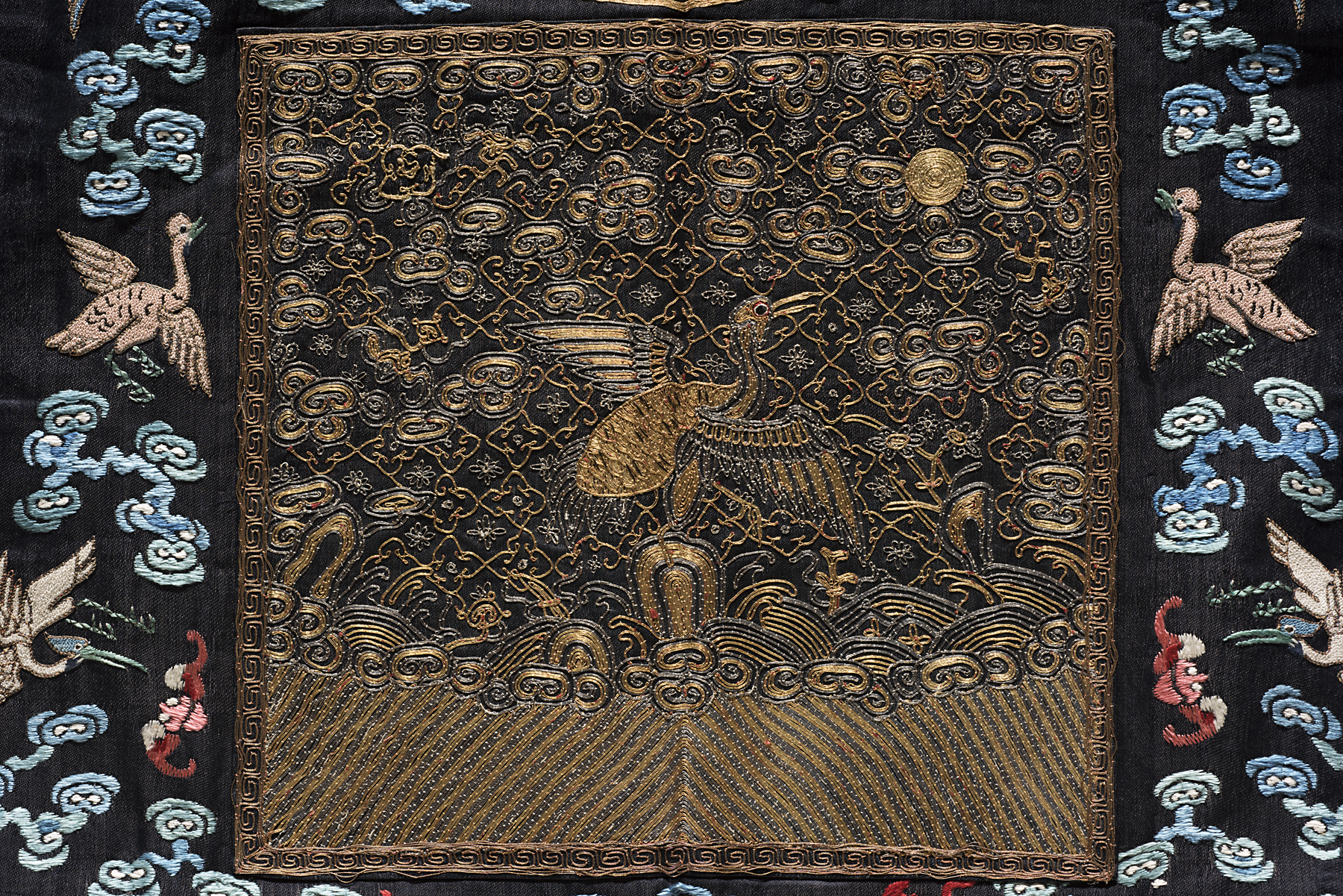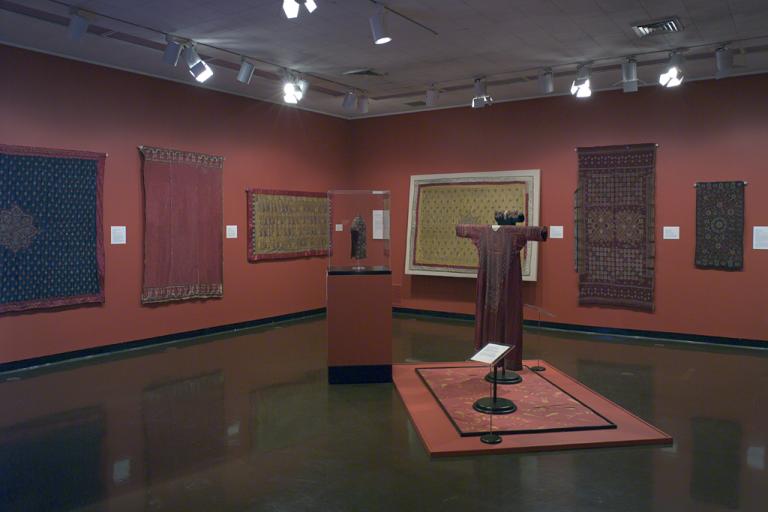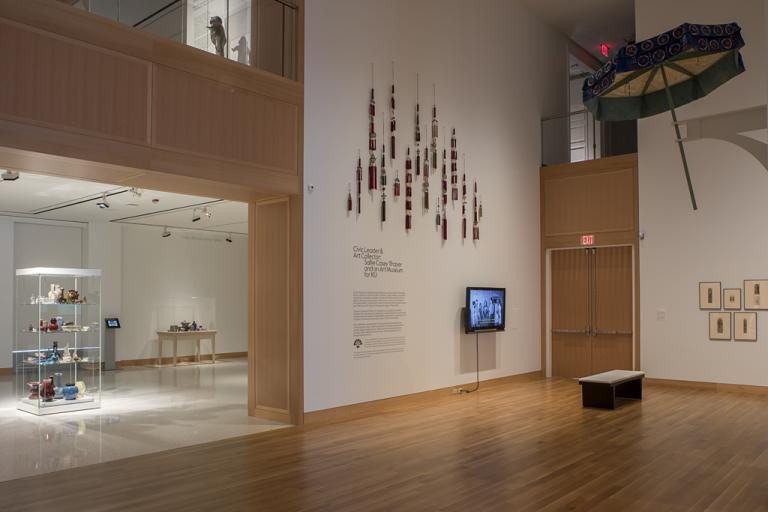woman's vest, unknown maker from China
Artwork Overview
woman's vest
, 1800s, Qing dynasty (1644–1911)
Where object was made: China
Material/technique: silk; seed stitch; metal; possibly French knot; chain stitch; gold thread; embroidering; couching; possibly Peking knot; satin stitch; silver thread
Dimensions:
Object Length/Width (Length x Width): 89.5 x 63.5 cm
Object Length/Width (Length x Width): 25 x 35 1/4 in
Object Length/Width (Length x Width): 89.5 x 63.5 cm
Object Length/Width (Length x Width): 25 x 35 1/4 in
Credit line: William Bridges Thayer Memorial
Accession number: 0000.1033
Not on display
If you wish to reproduce this image, please submit an image request











